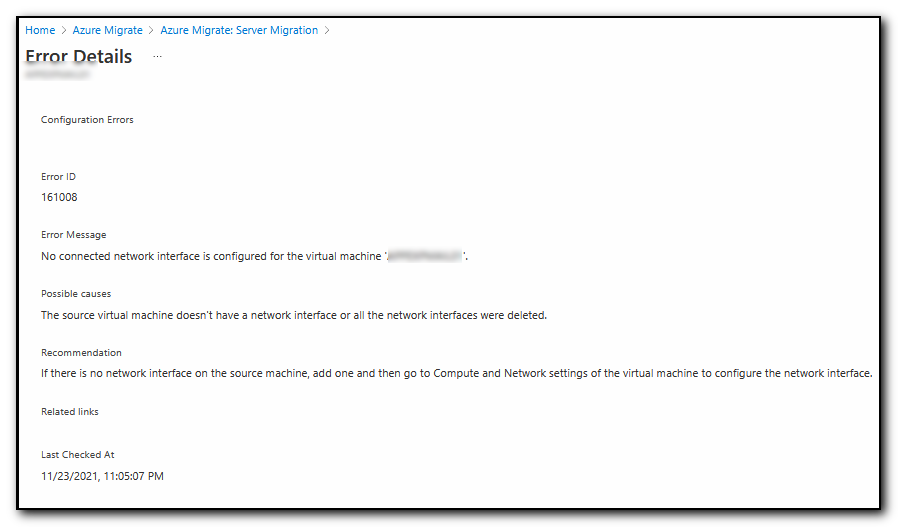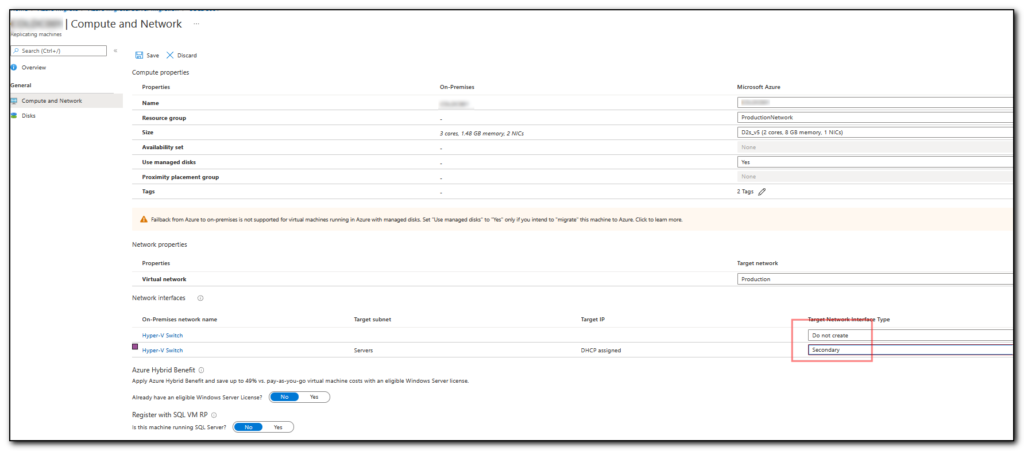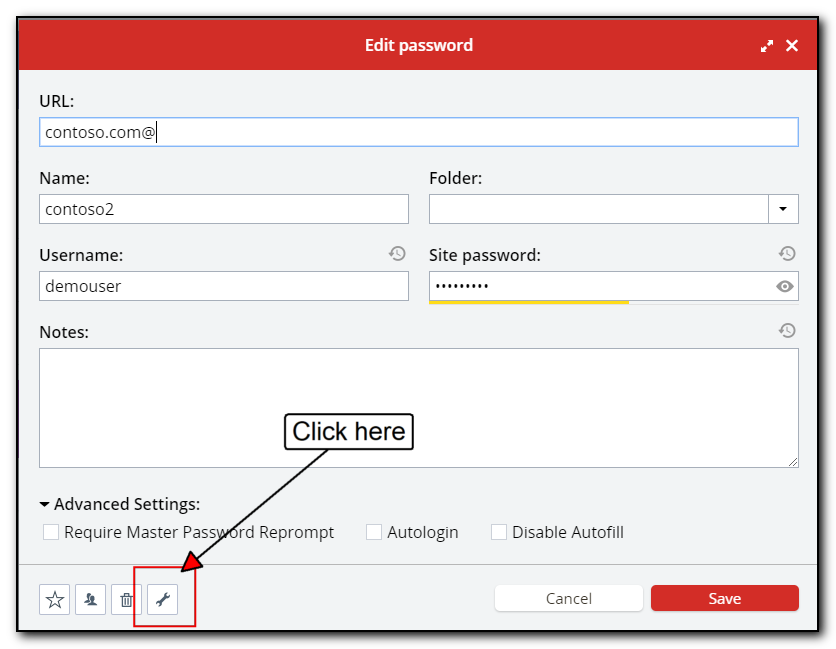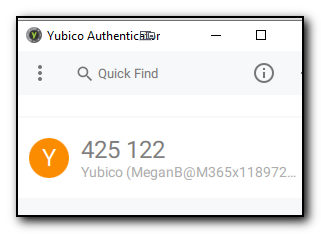I have been busy working on a SQL server migration, and have come across a couple of issues.
Firstly, attempting to install or upgrade an SQL instance with Webroot on the machine generates an unauthorized action on the machine. Reviewing the error logs provides the following error
Exception type: Microsoft.SqlServer.Configuration.Sco.ScoException
Message:
Attempted to perform an unauthorized operation.
HResult : 0x84bb0001
FacilityCode : 1211 (4bb)
ErrorCode : 1 (0001)
Data:
WatsonData = Uninstall@{145996FC-8E6B-47AB-BEA5-A84F12B72AF5}Navigating to HKEY_LOCAL_MACHINE\SOFTWARE\Microsoft\Windows\CurrentVersion\Uninstall registry shows the value {14599…..} is Webroot. Set server into unmanaged mode and then removing Webroot then enabled me to install SQL service packs.
I’ve also run into the same issue on new installs which leads me to the second issue.
I’m using dbatools to install with notes taken from the newly printed dbatools in a month of lunches. A book I purchased pre-pandemic and promptly forgot about but I finally got my hands on the book.
dbatools is a fantastic resource for SQL admins who want to automate everything and a common task is installing SQL.
Unfortunately there’s a typo in Listing 13.6 and 13.7 The parameter SQLUSERDBDATADIR that is coded into the sql config.ini file should actually be SQLUSERDBDIR
It took me a while to figure that one out. I then went to check out the books online only to find someone had found and reported the same error – yesterday!
The moral of the story is to check the books online first.
Also, whilst looking at my Manning books – I have a Powershell problem (or maybe with all these books I don’t!











